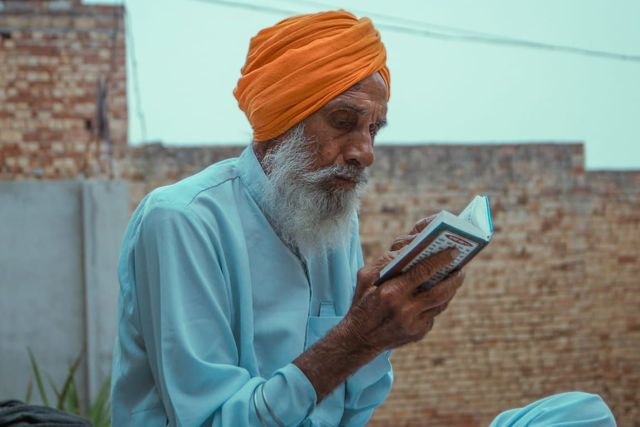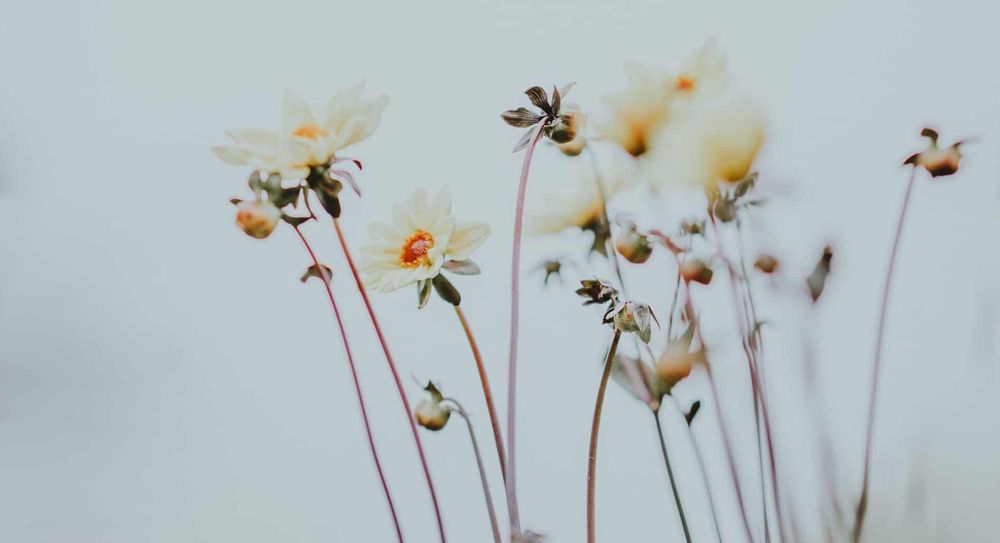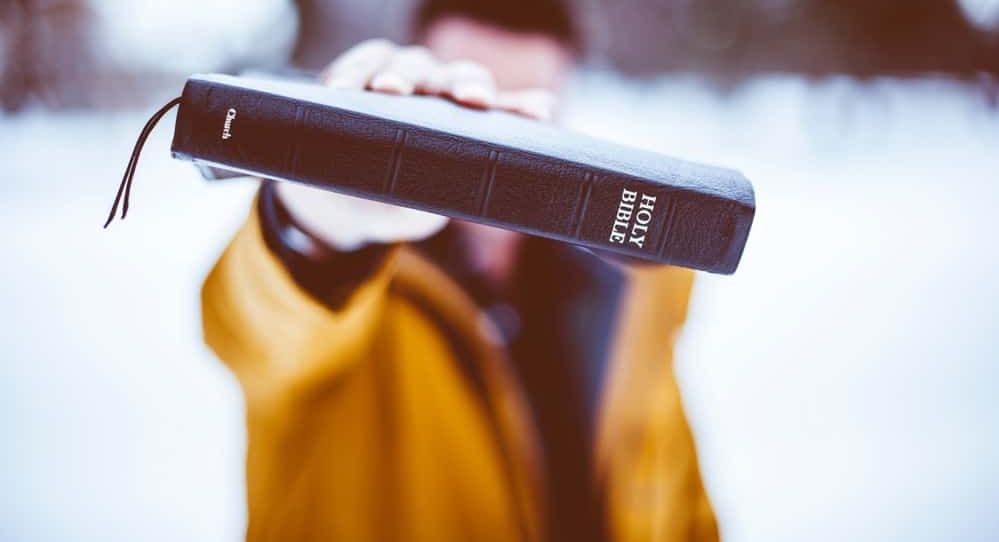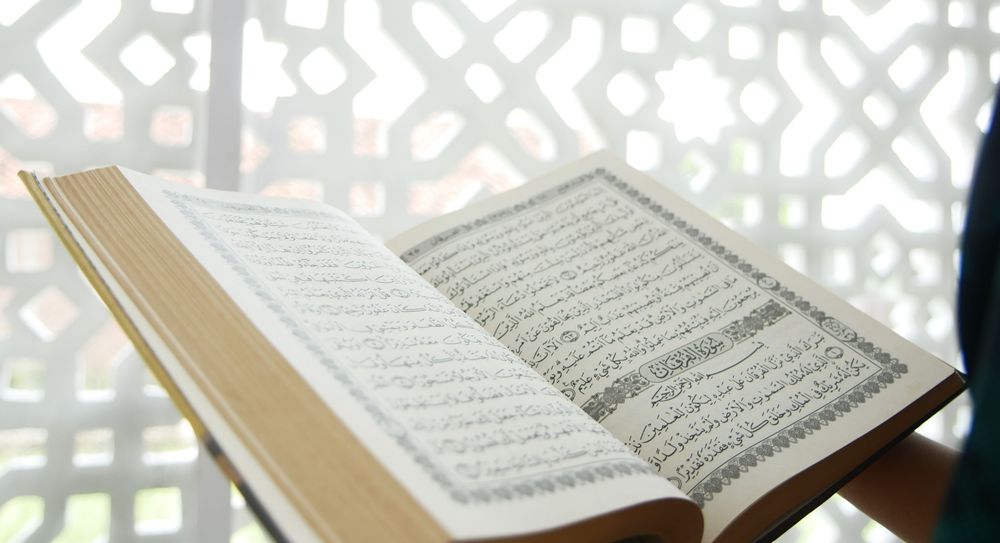Sikhism is a religion that started more than 500 years ago. It has about 25 million followers worldwide, who are called Sikhs.
Like any religion, Sikhism has its own funeral traditions and rituals. If you’re not a Sikh, these customs might be different to the ones you’re used to.
In this article, you’ll learn what to expect if you’re invited to a Sikh funeral. If you’re planning a Sikh funeral, you’ll also find advice about Sikh funeral costs and arrangements.
What does Sikhism teach about life after death?
Sikhism teaches reincarnation. This means coming back to life as a different person or an animal.
Sikhs believe that the body is only a vessel for the soul, and people live many lives in many different forms. This cycle of death and rebirth is called samsara. When a person lives a good life, they earn good karma and get a chance to break free of samsara. If they manage to do this, their soul (atma) will reunite with Waheguru – one of the Sikh names for God.
Some Sikhs believe they may live more than 8 million lives before their souls are pure enough to return to Waheguru.
What happens at a Sikh funeral?
When a Sikh dies, what happens is determined by the person’s culture and family traditions. That said, some Sikh funeral customs stay mostly the same, regardless of the person’s particular beliefs. These are:
- Preparing the body
- Saying prayers together
- Cremating the body.
Sikhs call their funeral rites Antam Sanskar. This translates as ‘final rite’. The service focuses on celebrating the fact that the person’s soul has moved on (also called transmigration) and may have returned to Waheguru.
Preparing the body
Sikhs usually begin preparing for the funeral as soon as a person dies. The first step is preparing the body. This is often done by close family members or a Sikh minister.
First, the body is washed and dressed in clean clothes. They’ll also be given five religious items called the ‘Five Ks’. These are special articles of faith that baptised Sikhs should carry at all times.
The Five Ks are:
- Kangha (a comb): this reminds Sikhs to look after their bodies, which were created by God.
- Kara (an iron bracelet): this symbolises that God is never-ending and reminds Sikhs that they're part of a special community.
- Kachera (shorts): Sikhs wear these to represent good moral character and restraint.
- Kirpan (a stylised representation of a sword): Sikhs carry a kirpan to signify their duty to stand up against injustice.
- Kesh (uncut hair): Sikhs keep their hair uncut to show that they’re willing to accept God's creation (their body) as it was intended. Their hair isn’t cut after death either, for the same reason.
Once prepared, the body is often surrounded by flowers. Traditionally these are orange and white chrysanthemums, which are the mourning flowers in many parts of Asia.
Saying prayers together
How Sikhs perform a funeral can vary a lot depending on where the funeral happens and what the family wants. Sometimes there’s only one funeral service, which happens before the cremation. Or there may be two services – one before the cremation and another afterwards.
In either case, the ceremony will include several prayers. These include Ardās, an important Sikh prayer asking God for help and support. Sikh funeral prayers are led by a faith leader called a granthi or by a family member.
The prayer readings often happen in a gurdwara (Sikh temple). Sometimes they take place outdoors, at a crematorium or in a family home.
Cremating the body
Sikhs prefer cremation over burial. This is because they believe the body is only an empty vessel after death, with no significant value. In addition, some Sikhs believe that cremating the body helps the soul to move on. Burial is sometimes allowed if a person’s body can’t be cremated, but there may not be a headstone or grave marker.
Traditionally, Sikhs are cremated on an outdoor funeral pyre. This still happens in some countries, such as India. However, funeral pyres are not allowed in the UK. Sikhs in the UK are cremated in crematoriums instead.
To reflect a traditional funeral pyre, Sikhs may sometimes accompany the body through the crematorium and watch them being committed to the cremation chamber. They might also say a few prayers during the cremation. Usually only close friends and family members are invited to this.
If you’re planning a Sikh funeral, you may need to get special permission from the crematorium to accompany the body. Talk to your funeral director if you’d like this to be arranged.
After the cremation, the person’s ashes are returned to their family. Ashes are usually scattered in running water or may be buried or scattered somewhere personally significant.
What happens after a Sikh funeral service?
Unlike with some religions like Islam, Judaism and Hinduism, there’s no set mourning period in Sikhism. However, some Sikhs perform rituals after death if these rituals are part of their culture.
For instance, it’s common for Sikhs to come together and read the Guru Granth Sahib – the Sikh holy book. This reading might take place in one three-day session or separate sessions over a longer period.
How long does a Sikh funeral last?
This depends on how you define a Sikh funeral. The prayer ceremony before cremation is what people usually mean when they say ‘Sikh funeral’. This usually lasts between 30 minutes and an hour.
However, if you include preparations and reading the Guru Granth Sahib, the funeral takes much longer. From start to finish, Sikh funeral rituals can last nearly two weeks.
What should I do at a Sikh funeral service?
In Sikhism, death and dying are considered God’s will, and funeral services focus on celebrating the person’s soul moving on. This means you probably won’t see any public displays of emotion, such as people crying, and there may not be any big, emotional speeches or a eulogy. If mourners do cry, they’ll try to cry quietly to themselves.
If you’re going to a Sikh funeral, you should try to control your emotions too. While Sikhism recognises that grief is normal, loud displays of grief are not usually considered appropriate.
Non-Sikhs aren’t expected to take part in prayers or hymns. It’s fine to quietly observe, taking care to sit and stand when other people do.
What should I wear to a Sikh funeral?
The traditional Sikh funeral attire is a white suit or saree. However, it’s common for people to wear dark, neutral-coloured clothing at Sikh funerals in the UK, including black clothes. As long as you wear something smart and modest, you’ll usually be okay. Bright colours and patterns are best avoided.
You may be expected to wear a head covering too. Often, men wear hats and women wear headscarves. Some gurdwaras will provide these when you arrive.
You might have to take your shoes off, so don’t forget to wear clean, presentable tights or socks.
If you have any doubts about what to wear, it’s best to ask the person arranging the funeral.
How much does a Sikh funeral cost?
It’s difficult to say how much Sikh funerals cost in the UK. There hasn’t been a lot of research on the subject – and the price is likely to vary depending on where you live.
As a rough guide, in 2023 the average cost of a funeral with a cremation was £3,795 (SunLife 2024). This average cost doesn’t include ‘extras’ like flowers, transport or live streaming the funeral.
How to arrange a Sikh funeral
Are you arranging a Sikh funeral in the UK? It’s a good idea to find a funeral director who knows about Sikhism and has dealt with Sikh funerals before. They’ll be able to help with things like handling paperwork, looking after the body and organising the cremation.
You could start by reaching out to your local gurdwara for advice. They may be able to recommend a good funeral director. You could also try our free funeral director search tool to find funeral directors near you. You can even filter the results to just show funeral directors that offer Sikh funeral services.
Photo by Sandeep Gill on Unsplash.




